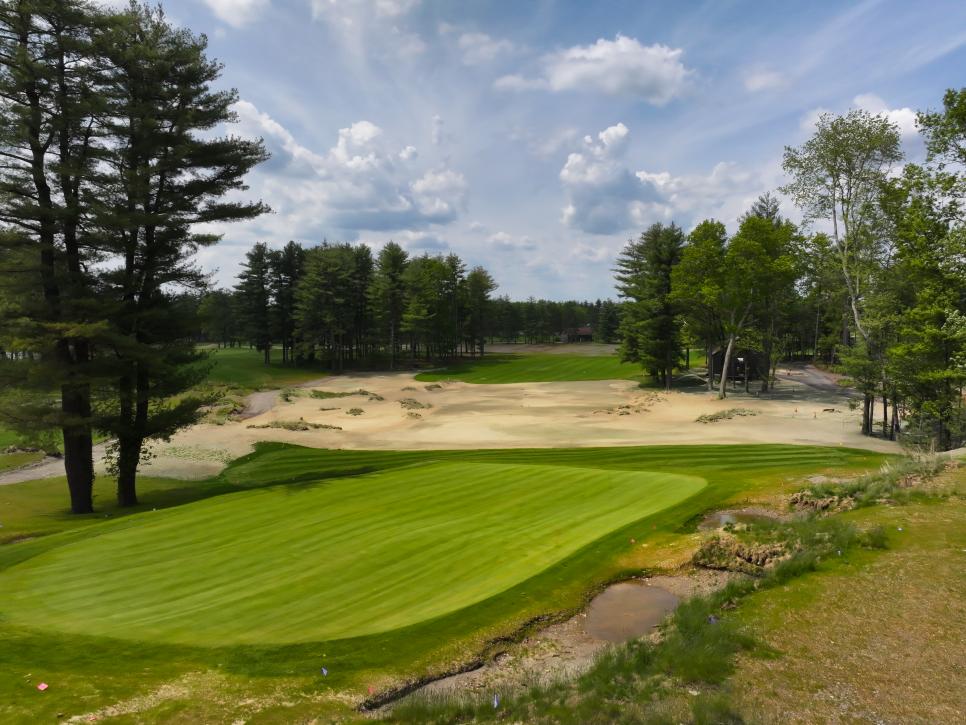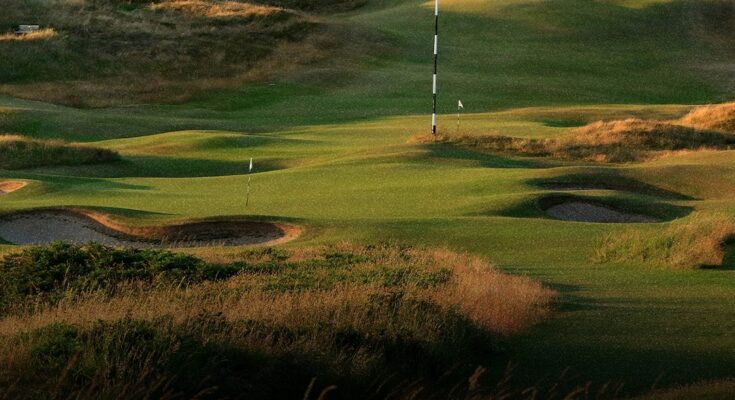You know it as the long wispy grass that grabs your club and forces you to thoroughly check for ticks, but fescue grass is much more than agonizing long stuff. Cut at shorter lengths, fine fescue characterizes the rough, fairways and greens of many links courses that host the Open Championship, including Royal Portrush in Northern Ireland. The fescue helps deliver the bouncy conditions that are deemed ideal in the British Isles.
The use of fescue grass in the U.S., however, can be polarizing among superintendents. Many top courses—like Bandon Dunes, Whistling Straits and Sand Valley—use fescue extensively, while others, notably Erin Hills and Chambers Bay, have moved away from it in recent years.
To better understand the benefits of fescue grass, its limitations and why it might be the most eco-friendly option available, we caught up with Michael Galvin, the former director of agronomy at The International in Bolton, Mass., and the club’s current general manager. Galvin oversaw the grow-in of fescue grass on the club’s new Bill Coore and Ben Crenshaw-designed Pines course, which is one of a few New England courses to use fescue.
The Coore and Crenshaw-designed Pines course uses fescue on the tees, fairway and rough.
Golf Digest: Michael, what are some of the appeals of fescue grass?
Galvin: Fescue is deeply tied to the heritage and tradition of golf. I worked at East Hampton Golf Club, another Coore and Crenshaw design on the eastern end of Long Island, and it took me a little while to figure out that I was looking at the same thing—the fescue grass was the same in the fairways, in the rough, and in the far native rough. Your eye is looking at the same grass, just a different heights.
That is really the visual appeal of it—how it transitions to natural environments. With bentgrass, bluegrass and ryegrass, it doesn’t flow the same way that fescue does. Fescue also does a great job of highlighting the topography—the fine texture and muted color accentuates the natural contours and undulations of the land, making the course more visually prominent and engaging.
There’s also a lot more tolerance to drought and shade with fescue. It’s definitely more adaptable than other types of grasses.


